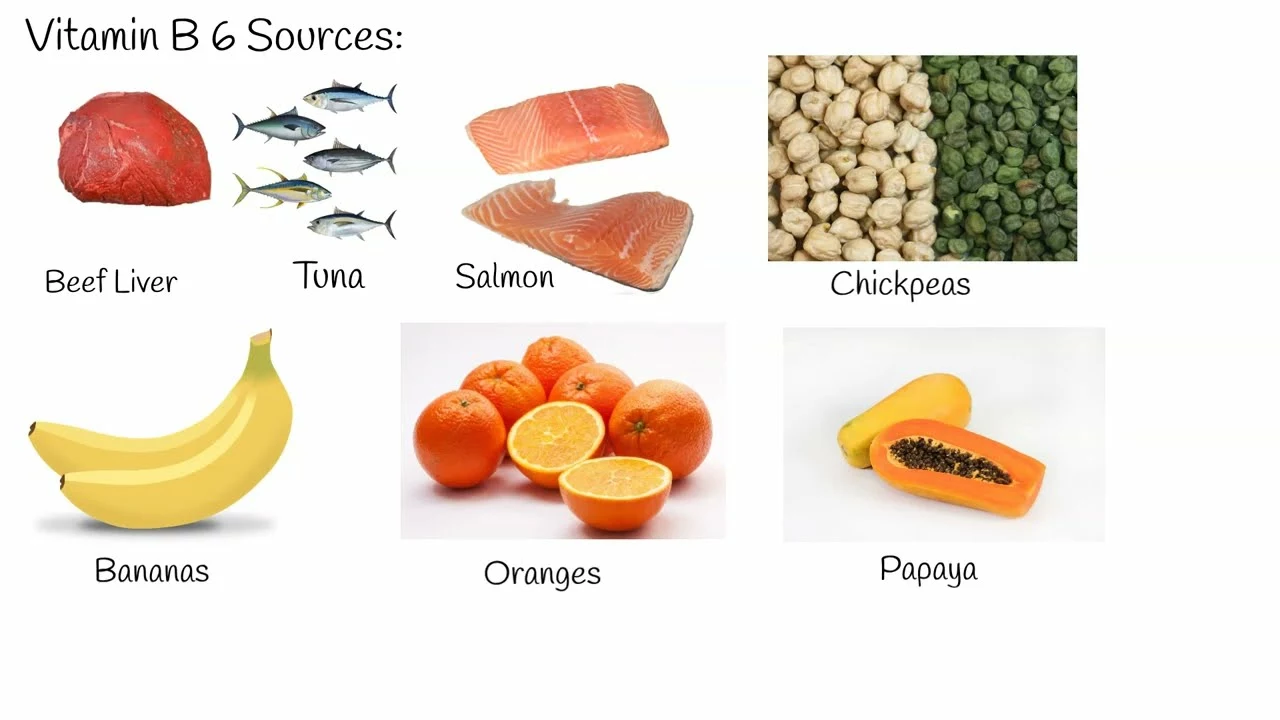Pyridoxine (Vitamin B6): what it does and how to use it
Pyridoxine, usually called vitamin B6, helps your nerves, mood chemicals, and red blood cells. It’s a small nutrient with big jobs: making neurotransmitters, processing amino acids, and helping form hemoglobin. Most people get enough from food, but low levels happen with certain drugs, alcoholism, or poor diets.
When people use pyridoxine
Doctors prescribe pyridoxine mainly to treat or prevent deficiency. It’s also used to ease pregnancy nausea (often 10–25 mg), to prevent neuropathy in people taking isoniazid for TB, and sometimes as part of treatment for certain metabolic or blood disorders. Some supplements list pyridoxal-5-phosphate (P5P) — that’s the active form and can be useful if your body has trouble converting the standard form.
Food sources are easy to add: chicken, turkey, salmon, potatoes, bananas, chickpeas, nuts, spinach, and fortified cereals. If you eat a mix of these regularly you’ll likely meet daily needs without a pill.
Dosage, safety, and interactions
Recommended daily amounts: adults 19–50 need about 1.3 mg daily. Men over 50: 1.7 mg. Women over 50: 1.5 mg. Pregnant people usually need about 1.9 mg and breastfeeding about 2.0 mg. Many OTC supplements contain 25–100 mg — that’s higher than the RDA but often used short-term.
Watch doses over time. Long-term intake above about 100–200 mg per day has been linked to numbness and sensory neuropathy. If you feel tingling, balance issues, or numbness, stop the supplement and talk to a clinician.
Important drug notes: pyridoxine can lower the effect of levodopa unless the levodopa is combined with carbidopa. Isoniazid can cause B6 deficiency, so doctors often add pyridoxine while treating TB. Some anticonvulsant and cancer drugs can affect B6 levels — mention all medicines to your provider before starting a supplement.
Testing for deficiency uses blood markers like pyridoxal phosphate (PLP). Symptoms of low B6 include irritability, depression, sore tongue, cracked lips, and anemia. If you suspect deficiency, testing and a targeted plan are better than random high-dose supplements.
Practical tips: aim to meet the RDA through food first. Use low-dose supplements (close to RDA) when diet falls short. Save higher doses for short, doctor-guided treatment of specific issues. If you’re pregnant, nursing, on multiple meds, or have nerve symptoms, check with a healthcare professional before adding pyridoxine.
Need a quick starter plan? Add a serving of chickpeas or salmon twice a week, eat a banana or potato a few times a week, and consider a multivitamin that supplies around the RDA if your diet is limited. That covers most people without risking side effects.
How Pyridoxine Supports a Healthy Nervous System
In my recent research, I discovered the vital role Pyridoxine, also known as vitamin B6, plays in maintaining a healthy nervous system. It aids in the production of neurotransmitters, the body's chemical signals, keeping our brains functioning optimally. Without sufficient Pyridoxine, our bodies may face difficulties in nerve communication, leading to several neurological disorders. So, incorporating foods like fish, poultry, and starchy vegetables into our diet can help ensure we get enough of this essential vitamin. To sum up, Pyridoxine is truly a powerhouse nutrient for our nervous system's well-being.

